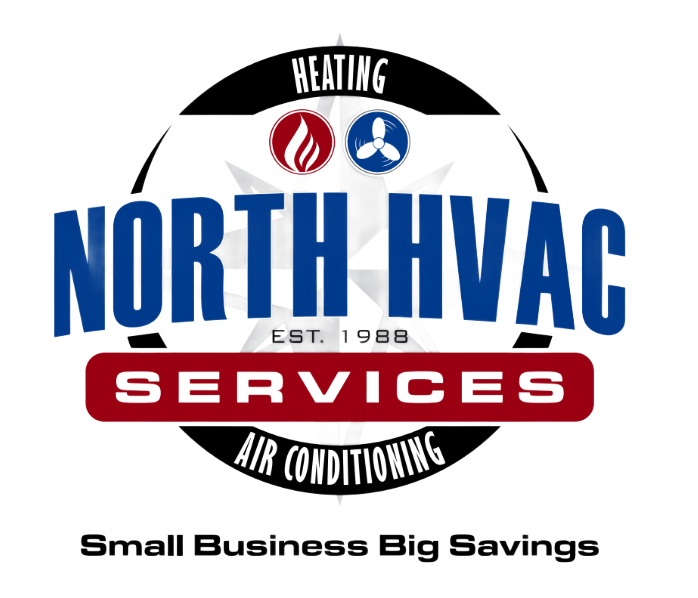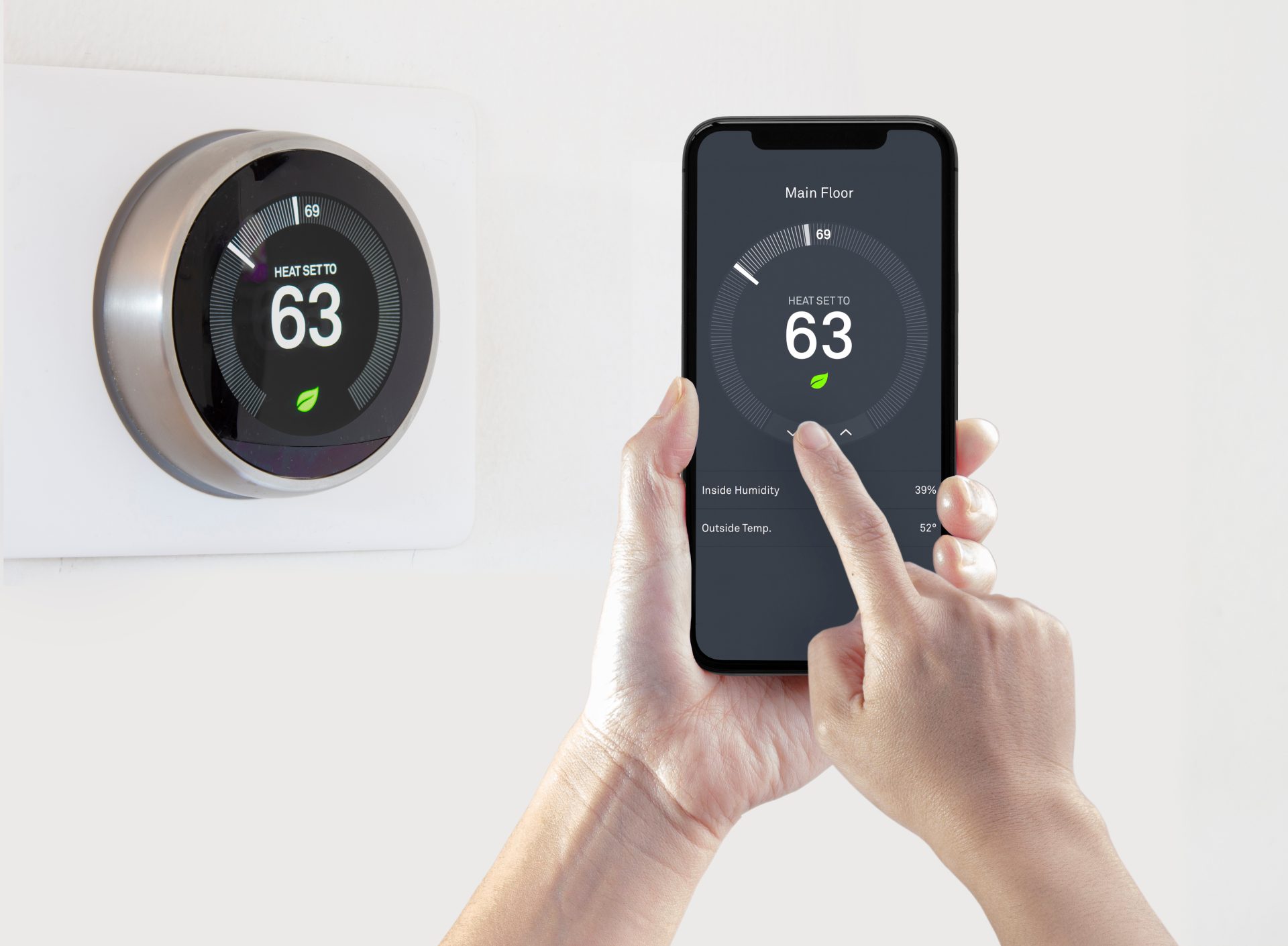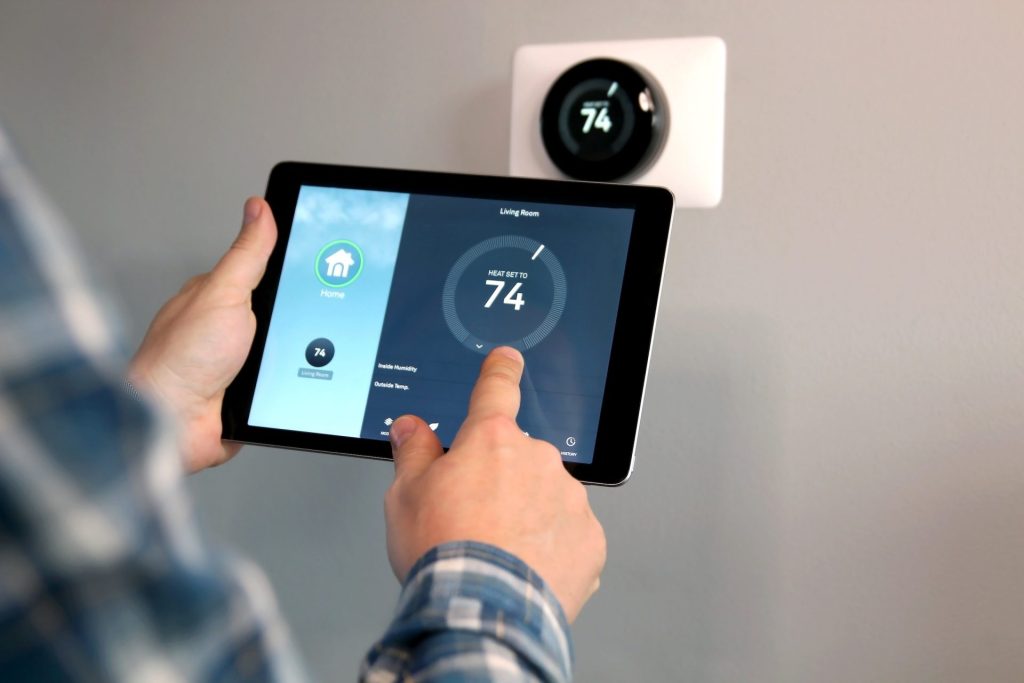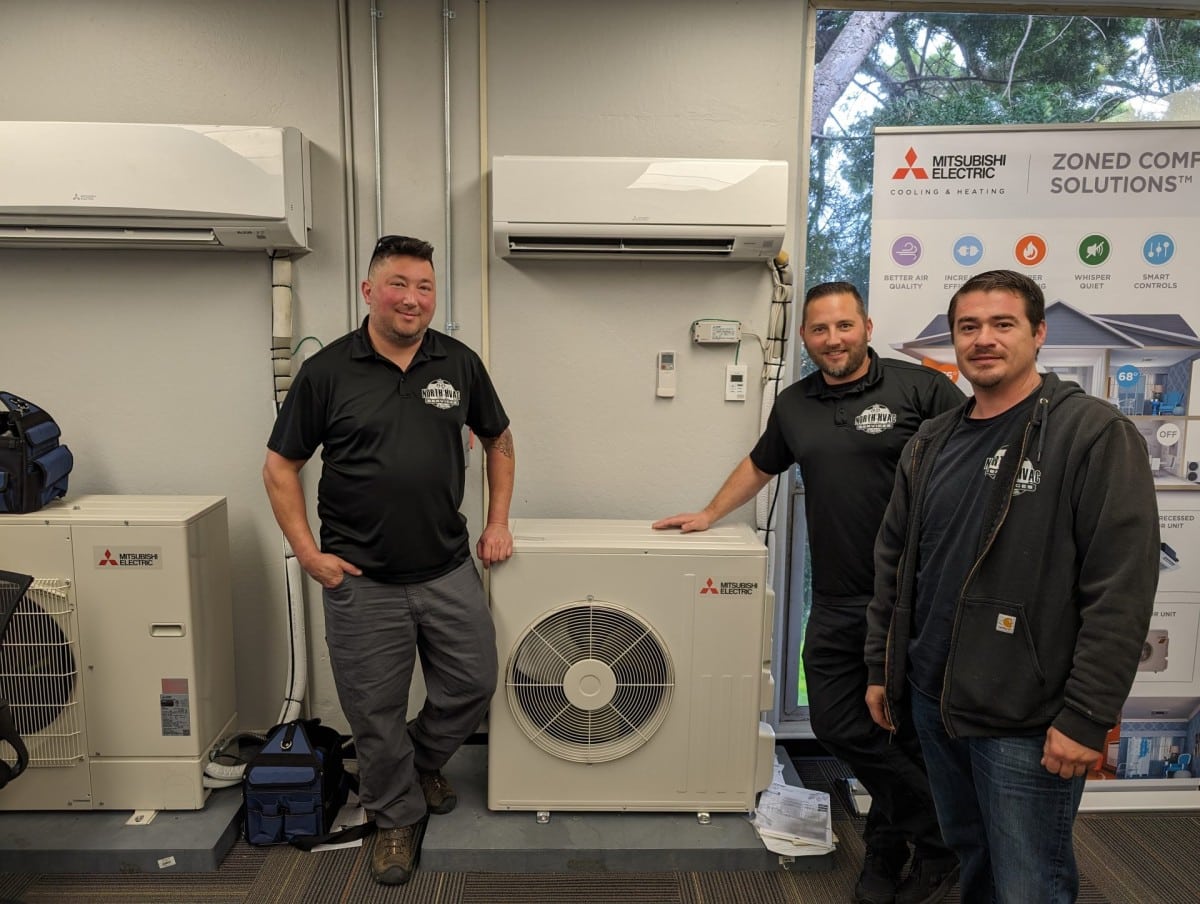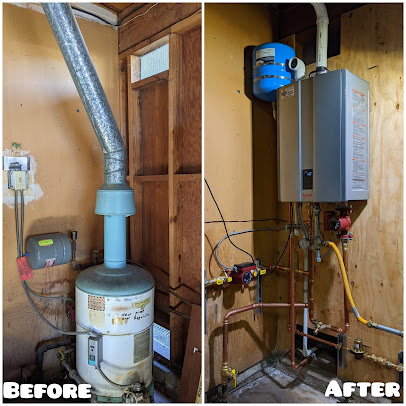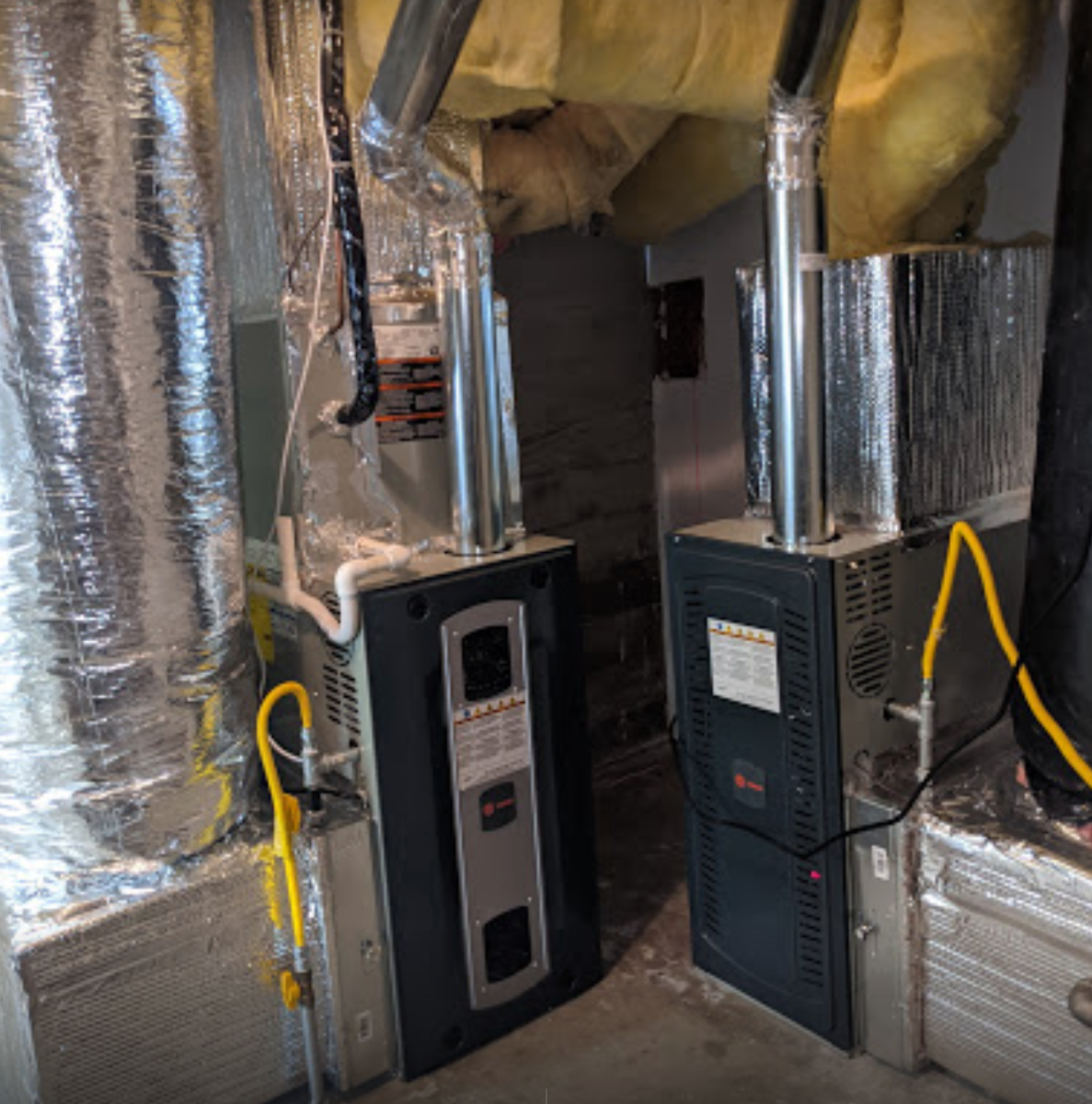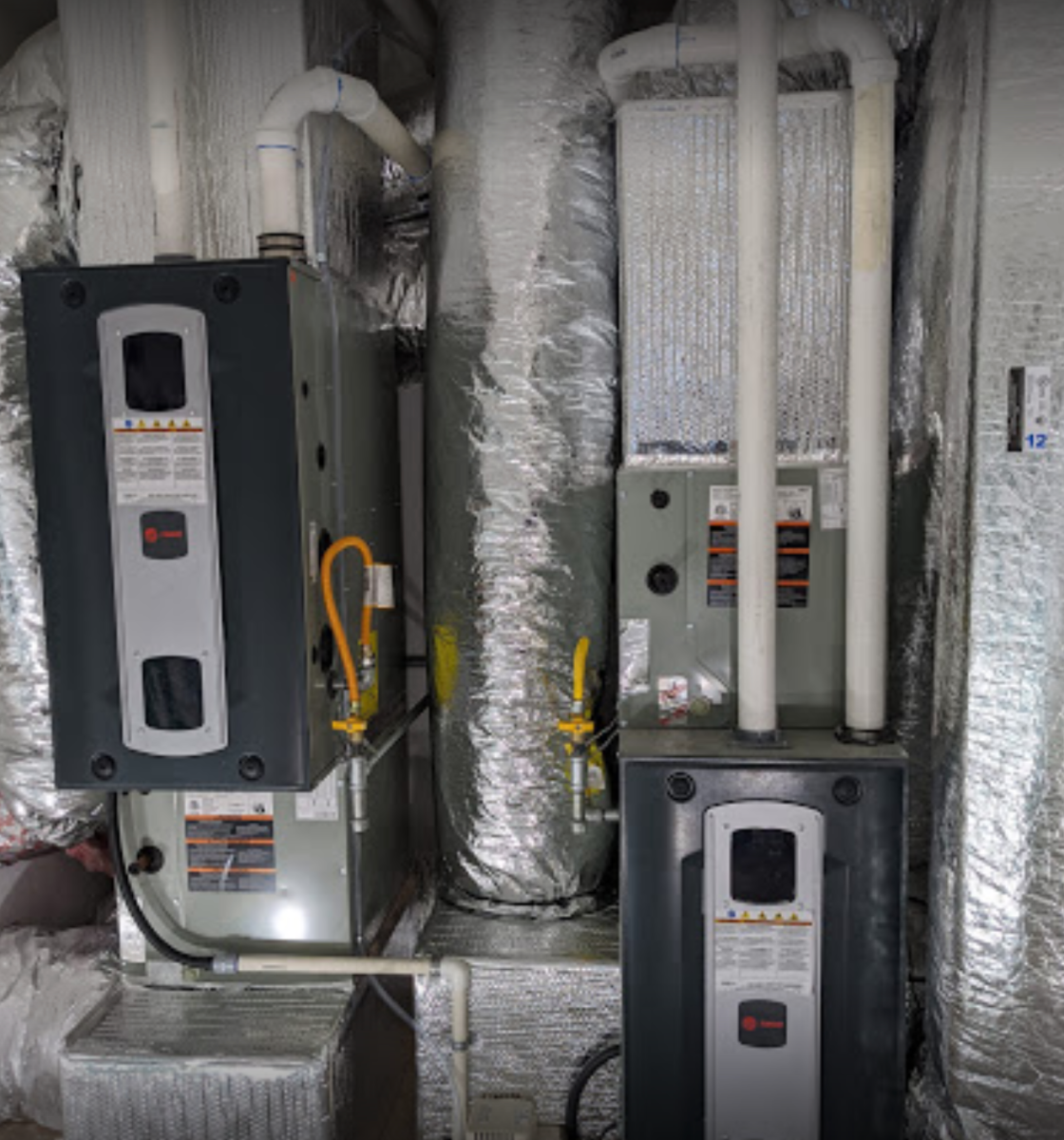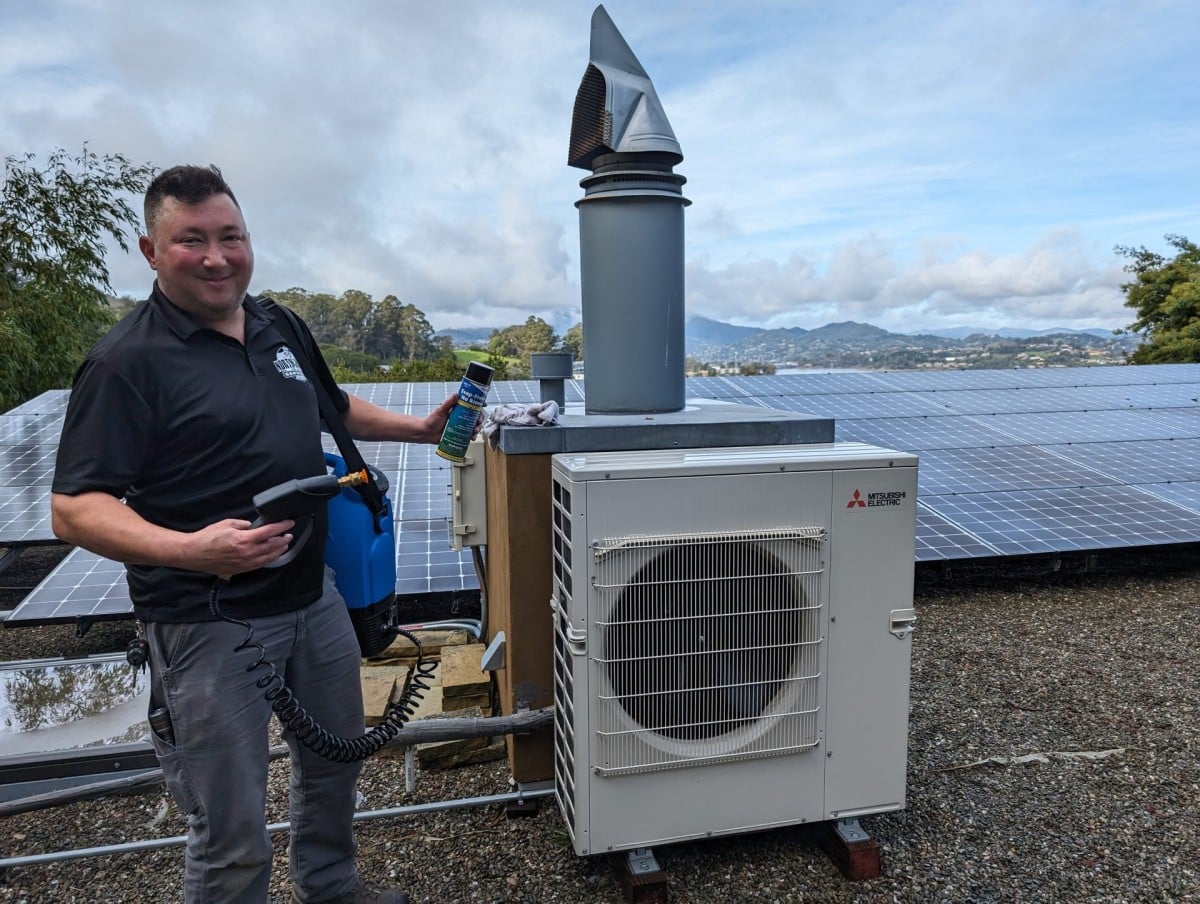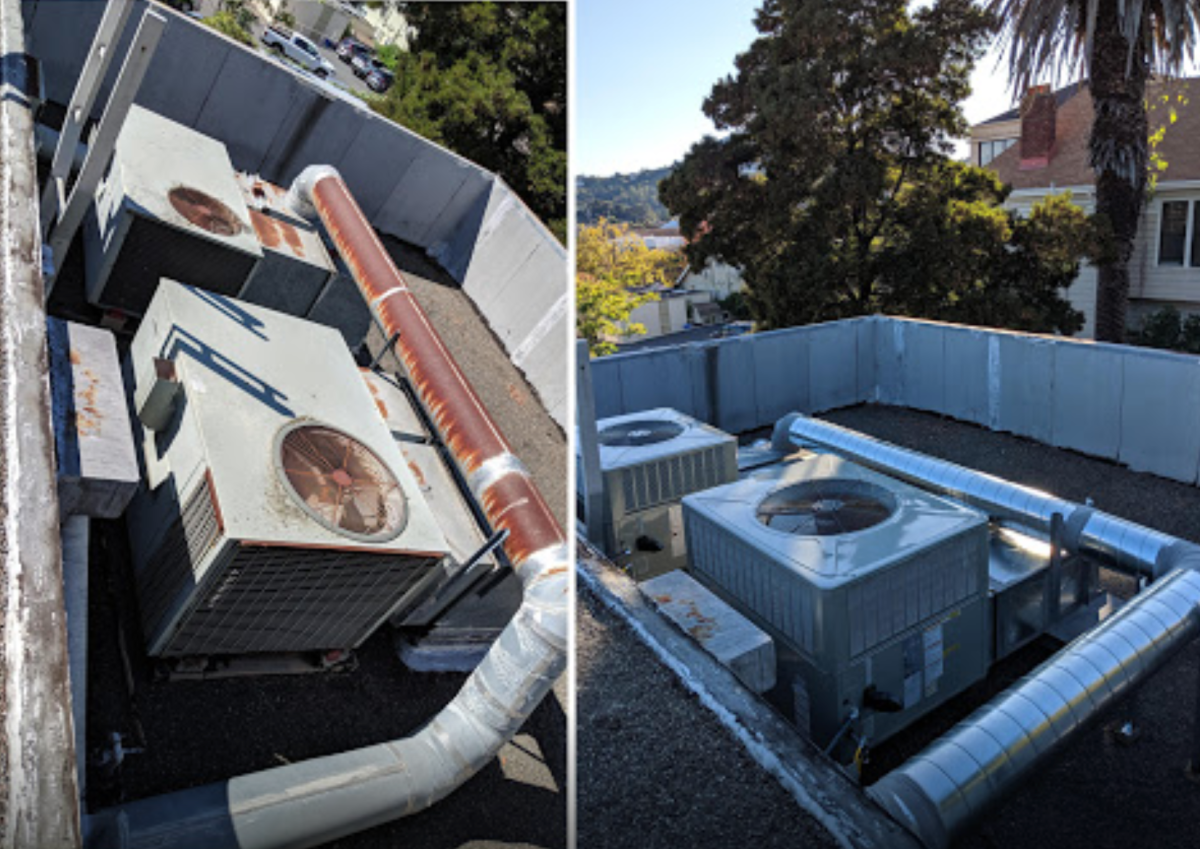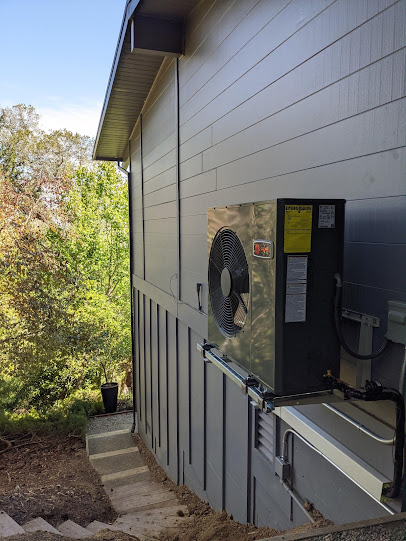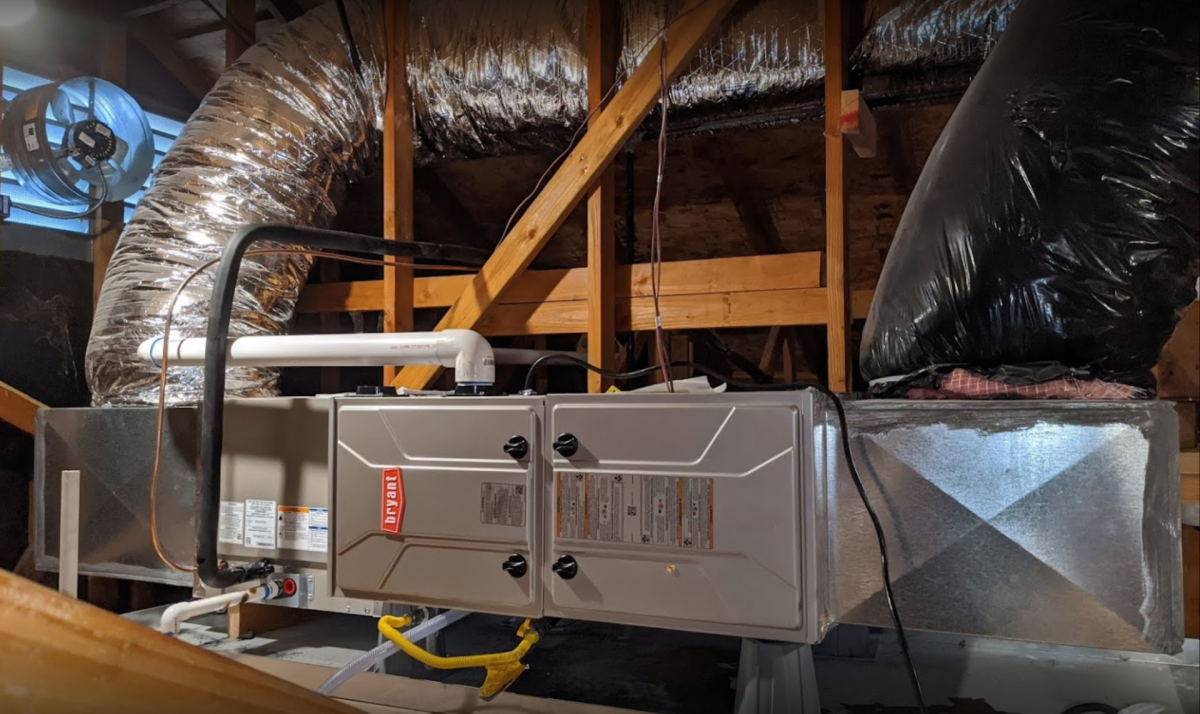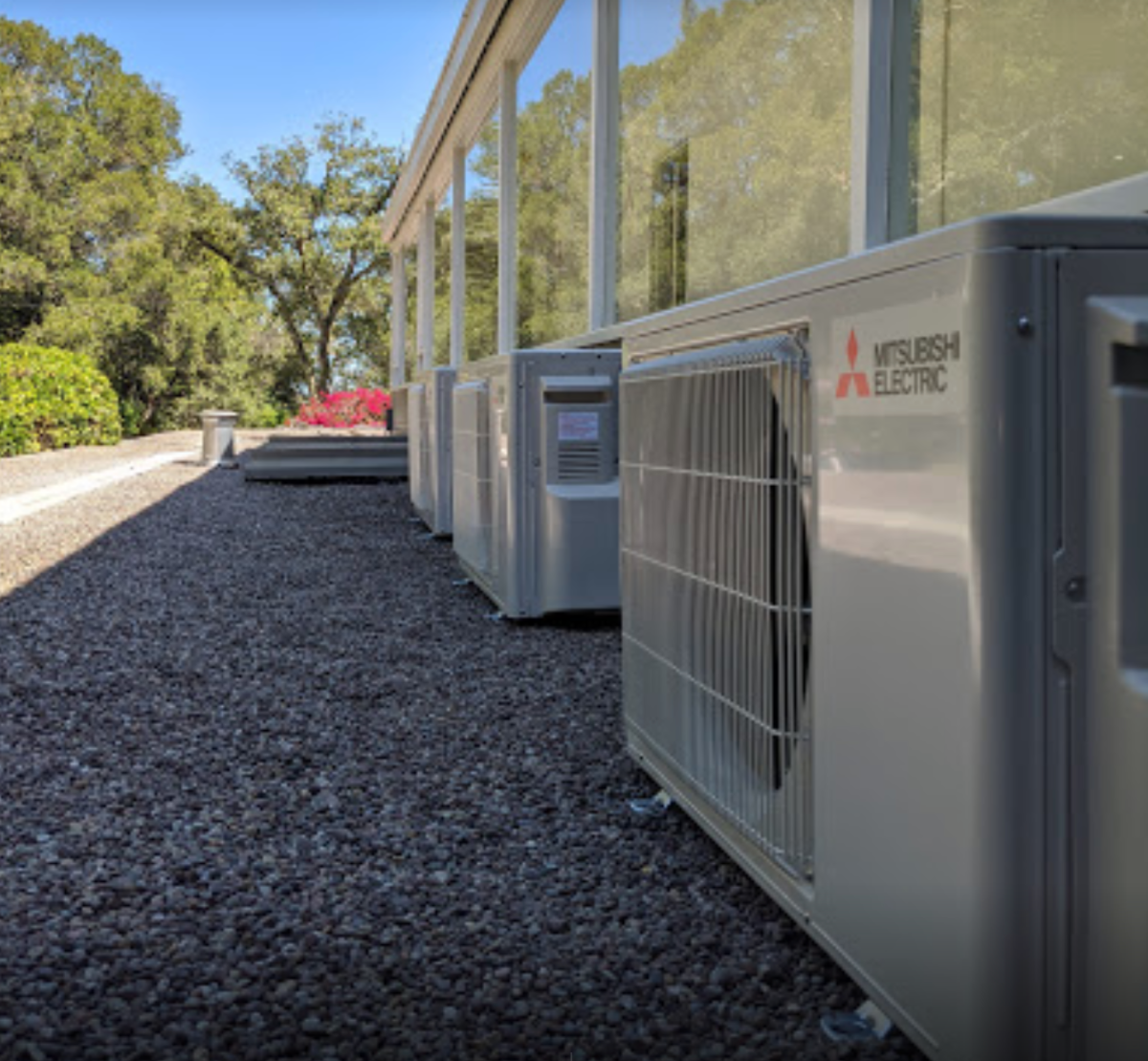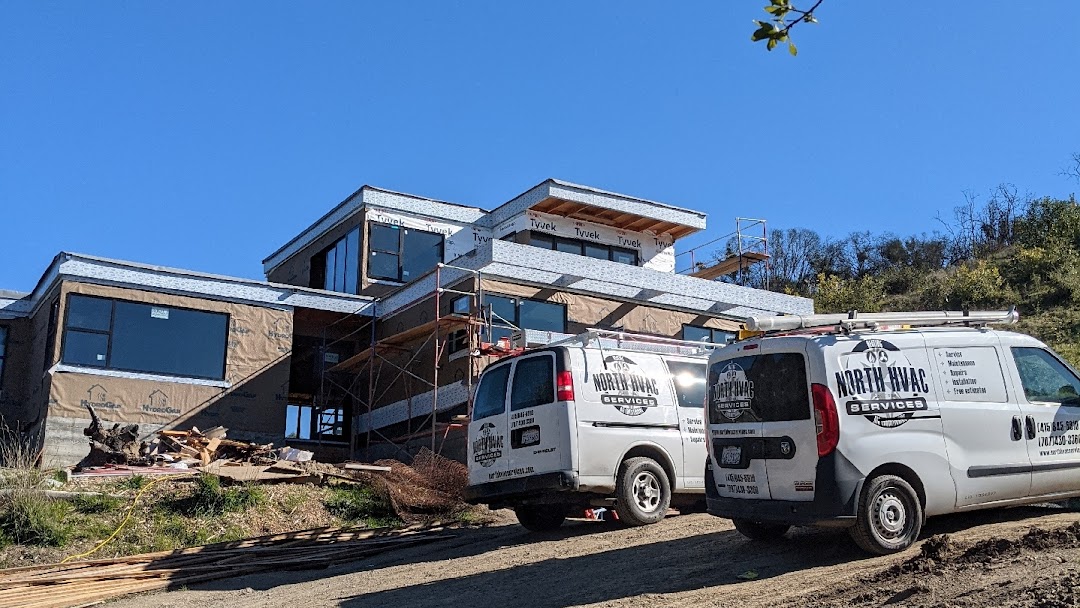Energy bills in Northern California keep climbing, and homeowners are looking for real ways to reduce costs without sacrificing comfort. Smart thermostats and HVAC zoning have become two of the most effective solutions for doing exactly that.
When combined, these technologies give you more control, better efficiency, and consistent comfort across your home. Whether you live in Petaluma, Napa, or Santa Rosa, these upgrades can make a noticeable difference in how much you spend each month on heating and cooling.
Understanding How Smart Thermostats Work
A smart thermostat connects to your home’s Wi-Fi and allows you to control temperature settings remotely through an app, smart speaker, or automation schedule.
Unlike traditional thermostats, smart versions learn your habits and adjust automatically to save energy when you’re away. They use motion sensors, geofencing, and scheduling algorithms to maintain comfort while minimizing waste.
Key benefits of smart thermostats include:
-
Automated scheduling and adaptive temperature control
-
Remote access from your phone or tablet
-
Real-time energy usage reports
-
Compatibility with most modern HVAC systems
-
Integration with voice assistants like Alexa and Google Home
Smart thermostats don’t just turn the system on and off — they optimize runtime for efficiency, especially when paired with zoning.
Understanding What HVAC Zoning Means
HVAC zoning divides your home into separate areas or “zones,” each controlled by its own thermostat and motorized dampers inside the ductwork.
Instead of heating or cooling the entire house to one uniform temperature, zoning directs conditioned air only to where it’s needed.
Typical examples of HVAC zones include:
-
Upstairs and downstairs zones
-
Bedroom zones for nighttime comfort
-
Living area or office zones for daytime use
Each zone operates independently, giving you custom control and reducing energy waste in unused areas.
When installed correctly, zoning can reduce system run times and eliminate hot or cold spots that central systems often struggle with.
Why Combining Smart Thermostats and Zoning Saves the Most Energy
Smart thermostats and zoning each provide energy savings on their own — but together, they’re exponentially more effective.
Here’s why:
-
Zoning targets specific rooms, and smart thermostats fine-tune the temperature automatically.
-
Sensors detect when rooms are unoccupied and reduce heating or cooling in those zones.
-
Homeowners can adjust comfort settings remotely without affecting other areas of the house.
This dual control system ensures you never waste energy conditioning empty rooms. It also extends the lifespan of your HVAC system by reducing overall wear and tear.
Real-World Energy Savings You Can Expect
According to the U.S. Department of Energy, homeowners can save up to 10% annually on heating and cooling costs by simply lowering or raising thermostat settings by 7–10°F for eight hours a day.
Smart thermostats automate this process and eliminate human error. Add zoning, and savings often climb to 20–30% depending on your home’s size and usage patterns.
The savings can be even greater in Northern California homes with high ceilings, multiple floors, or inconsistent insulation — conditions that benefit the most from targeted heating and cooling.
If you want to find out exactly how much you can save in your own home, schedule an energy efficiency assessment with North HVAC Services at (415) 845-6910. Their technicians can evaluate your existing setup and recommend upgrades that deliver the best return on investment.
Common Misconceptions About Smart Thermostats
Many homeowners assume smart thermostats are complicated or only work with certain systems. That’s not true.
Modern thermostats are designed to integrate with both traditional and high-efficiency HVAC systems, including furnaces, heat pumps, and mini splits.
Here’s what you should know:
-
Installation usually takes under an hour
-
Most models support both single-zone and multi-zone systems
-
Settings can be managed manually or fully automated
-
Energy reports help you see measurable savings over time
If your HVAC system is older, a professional installer can determine whether a C-wire (common wire) or adapter kit is needed to power your new thermostat properly.
The Role of HVAC Zoning in Home Comfort
Zoning isn’t just about saving energy — it’s about living comfortably in every part of your home.
If you’ve ever noticed rooms that are always too hot or too cold, it’s likely due to duct design limitations or uneven airflow. Zoning fixes that problem by sending the right amount of conditioned air to each area based on real-time demand.
Zoning can solve problems such as:
-
Uneven temperatures between floors
-
Rooms that heat up from afternoon sun
-
Basements or additions that feel disconnected from the main system
You’ll not only improve comfort but also reduce strain on your blower motor and compressor, which helps your system last longer.
When Zoning and Smart Thermostats Make the Most Sense
These technologies deliver the best results in certain types of homes, especially those with:
-
Multiple floors or large square footage
-
Areas with significant temperature differences
-
Unused guest rooms or home offices
-
Families with varying comfort preferences
Even smaller homes can benefit, particularly if you’re upgrading an older system or installing a new one entirely.
North HVAC Services installs and services both smart thermostat systems and HVAC zoning setups throughout the North Bay. Call (415) 845-6910 to discuss which solution fits your home’s size, layout, and budget.
Rebates and Incentives for Smart HVAC Upgrades
In California, homeowners can often qualify for energy efficiency rebates and tax credits when they install smart thermostats or high-efficiency HVAC systems.
Programs through PG&E, BayREN, and the Inflation Reduction Act (IRA) can offset the cost of upgrades and help make energy-efficient systems more affordable.
To qualify, installation typically needs to be done by a licensed HVAC contractor. North HVAC Services can help you navigate available programs and handle the documentation required for rebates.
Maintenance and Long-Term Performance
Smart thermostats require minimal upkeep beyond software updates, which happen automatically through Wi-Fi.
Zoning systems need occasional inspection to ensure dampers open and close correctly, and that thermostats remain properly calibrated.
You can pair these checks with your regular seasonal HVAC maintenance. This ensures your system continues to operate efficiently and helps detect small issues before they lead to breakdowns.
How to Choose the Right Smart Thermostat and Zoning Setup
The best thermostat or zoning solution depends on your system type, lifestyle, and budget.
When comparing options, consider:
-
Compatibility: Ensure it works with your existing furnace, heat pump, or mini split
-
Features: Look for learning algorithms, energy reports, and remote access
-
Zoning layout: Identify which rooms will benefit most from control separation
-
Future upgrades: Choose scalable systems that can expand as your needs change
Working with a certified HVAC technician ensures your system is configured correctly from the start — maximizing both performance and efficiency.
Lower Your Energy Bills and Upgrade Comfort Today
Installing smart thermostats and HVAC zoning isn’t just a modern convenience — it’s a practical investment in energy savings, comfort, and long-term system performance.
North HVAC Services has helped homeowners across Sonoma, Marin, and Napa counties reduce their energy bills through smart control technology and zoned HVAC installations. To learn what’s possible in your home, call (415) 845-6910 to schedule a consultation today.
